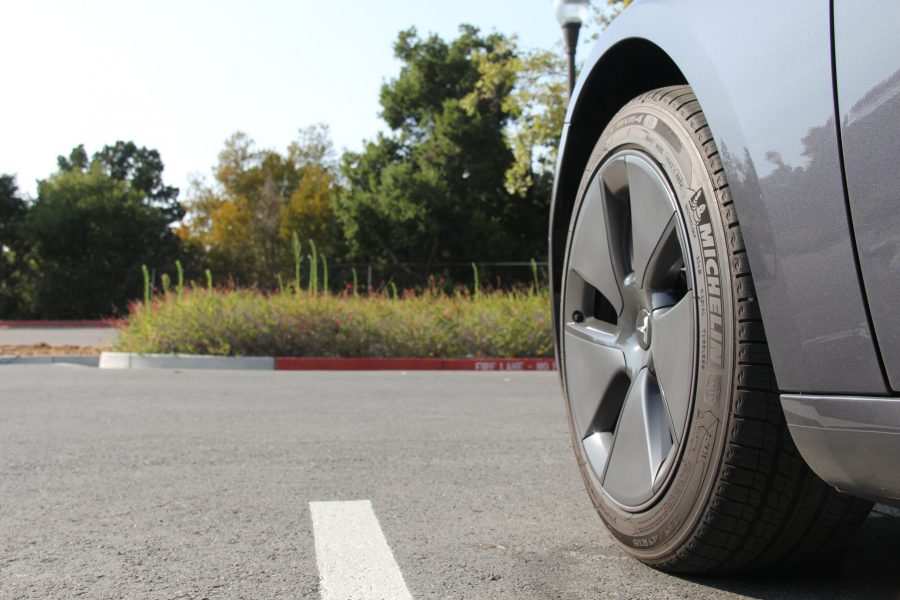Senior Anton Tompert remembers hearing stories about near accidents from the people around him — of people biking home and getting nearly hit, of close calls in parking lots. These stories have one thing in common: the cars these people were nearly hit by? Teslas.
The National Highway Transportation Safety Administration has opened an investigation of Tesla due to at least 11 crashes, 17 injuries and one death, resulting from the use of the Autopilot advanced driver assist system function in their cars. Most of these incidents occurred after dark.
All other companies with autonomous capabilities, though not being actively investigated, are now required to submit all data of crashes to the NHTSA, although there has been no reason given for this. The NHTSA is additionally looking at how involved the drivers and the vehicles were in the accidents they were a part of, as well as looking at the object and event detection employed by the vehicles before and during the accidents, according to the investigation report they filed.
Tesla is a Palo Alto-based company, and the number of their models on the road here exceeds that of most other communities, accounting for 1.2% of all registered Teslas in California, according to Joint Venture Silicon Valley. Tompert isn’t worried about the accidents, however.
“An automated car won’t drive drunk, drive tired, text and drive, suck at driving, or fail to pay attention,” Tompert said. “You have a higher chance of getting struck by lightning –– let alone hit by another human driver –– than you do getting hit by a Tesla on autopilot.”
But how does the ADAS, or, really, any self-driving system, work? Dr. Ronjon Nag, a fellow at the Stanford Distinguished Careers Institute, said, “You need sensors … historically, people have used cameras,” Nag said. “The problem is, cameras often have difficulty seeing in the dark. So sometimes they use infrared, and there’s another system called LIDAR which can see in the dark, but they’re very expensive.”
Nag said Tesla is known for refusing to use LIDAR, but that they use other sensors instead, like cameras. He said sensors only give the cars data, which then needs to be processed.. With just raw data, he said, the car may be confused about what to do and what’s in front of it.
“Now in this day and age you can get millions of pictures, and what you can do is train on these pictures,” Nag said. “Now, the problem is, can you actually get every single scenario built in, even if you have millions of pictures?”
But is Tesla at fault, or is that fault the drivers for using the function incorrectly?
“It’s not the people’s fault, it’s the manufacturer as well,” Nag said. “If the people think that, they behave in a certain way because they believe something, or interpret a message that this is how the environment works, and they’ve interpreted incorrectly, it may be incorrect, but it’s not their fault for interpreting it correctly.”
After the announcement of the NHTSA investigation into the autopilot, Tesla stock dropped 1.8%, and the future of the technology involved is uncertain, according to Forbes. The NHTSA has the authority to require more safety features or force a recall of the implicated models. However, Nag is hopeful for how the investigation will impact the technology in years to come.
“Give a rulebook to manufacturers, checkpoints, of which they should have to pass before they actually go on the road,” Nag said. “Going to medicine, we see this all the time: we get a vitamin bottle, and it says ‘this has not been approved by the FDA’, or it’s been claimed, not approved. As warnings, it puts a clear line of what manufacturers … can say. So at least then it makes people a bit more careful. And I think they [Tesla] will, because of these incidents, become more careful anyway, but we’d rather have it with less lives lost.”



